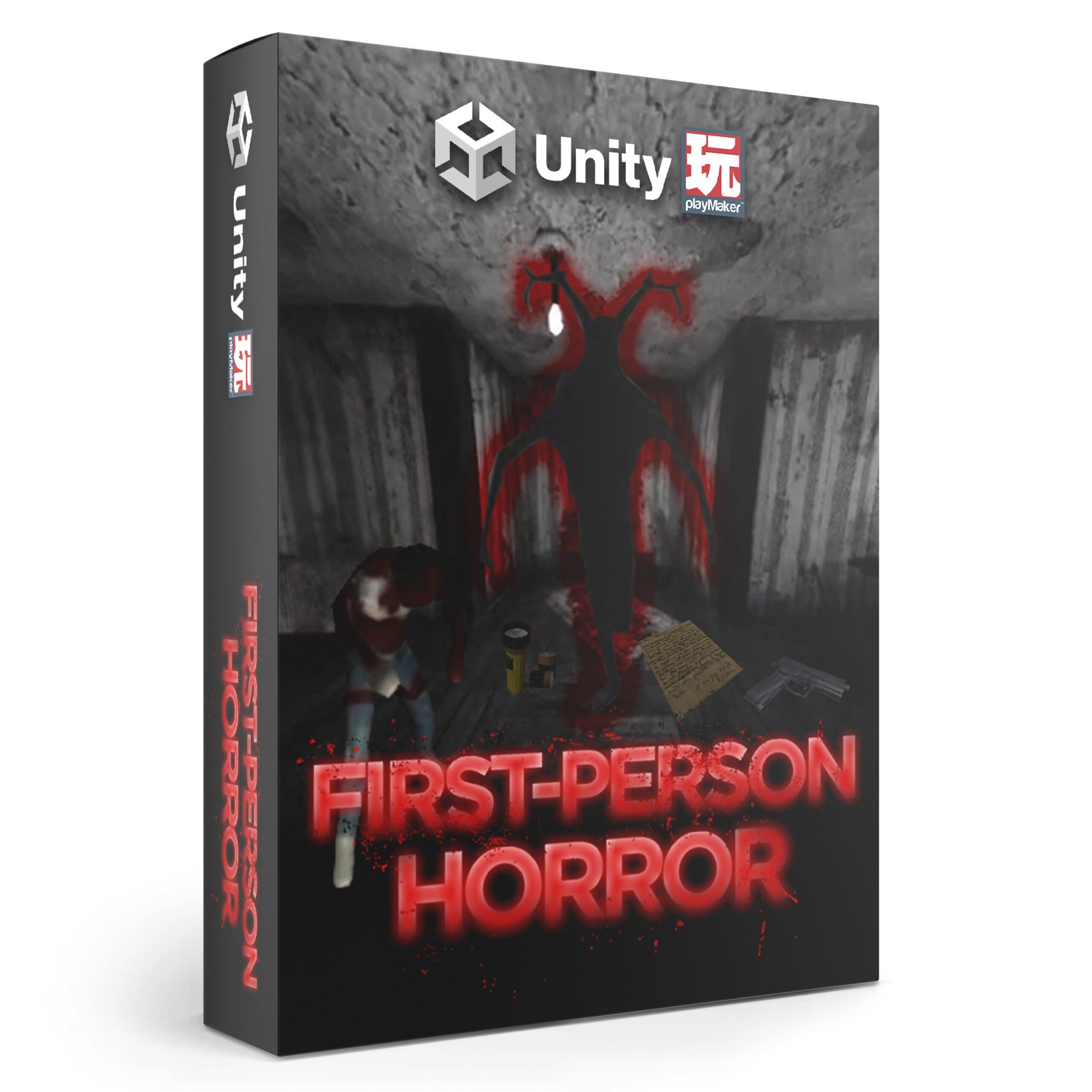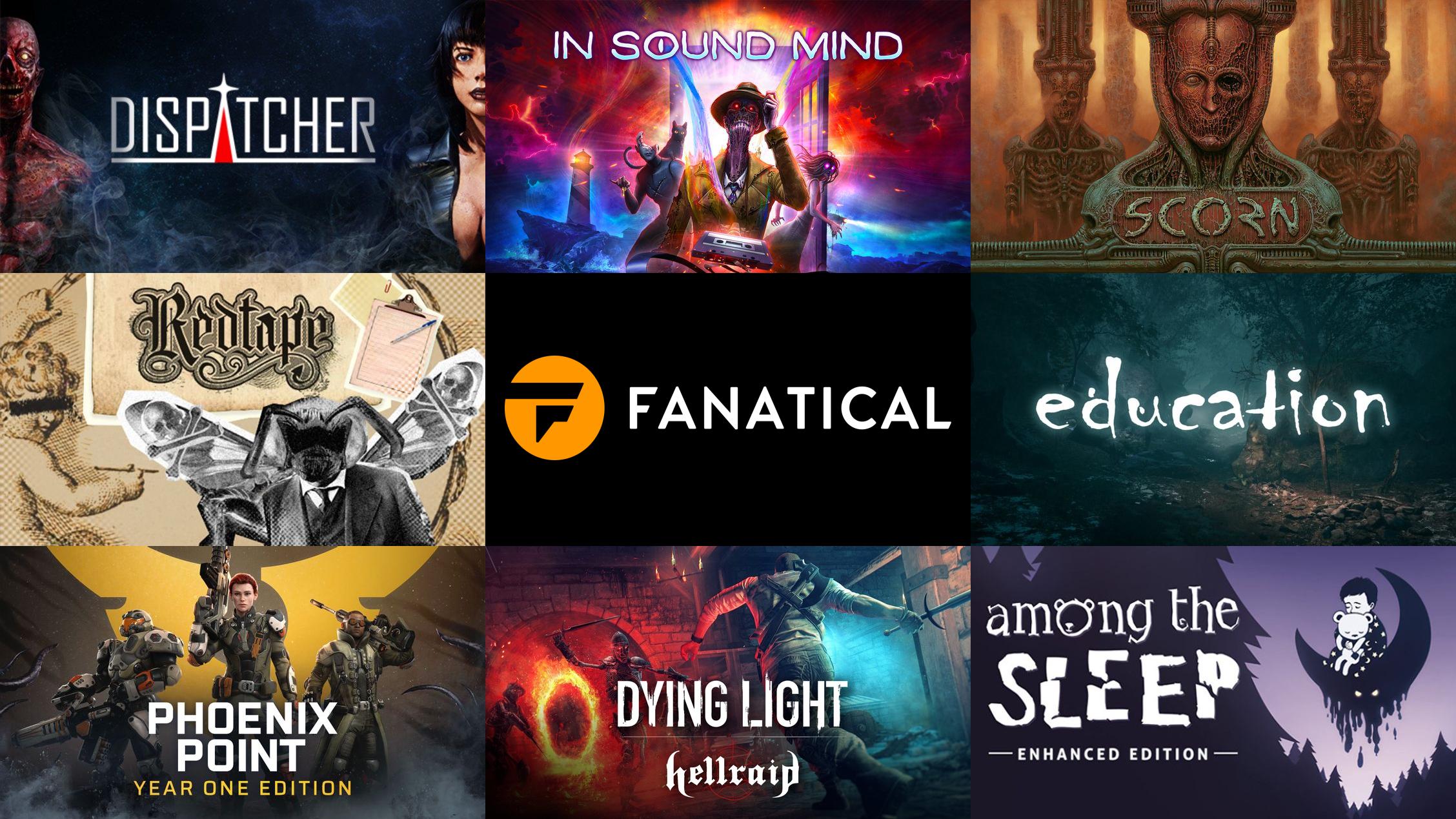First-person horror games have redefined the genre, plunging players into terrifying worlds where every shadow holds a potential threat. The immersive nature of this perspective amplifies the sense of fear and vulnerability, creating unforgettable experiences that linger long after the game is over. Let’s explore the key elements that make first-person horror so effective, examine emerging trends, and highlight some standout titles that have mastered the art of immersion.
The Rise of First-Person Horror Immersion
First-person horror games have revolutionized the genre by placing players directly into the protagonist’s shoes. This perspective heightens the sense of vulnerability and immediacy, making every creak, shadow, and whisper feel intensely personal. Unlike third-person perspectives, which offer a degree of separation, first-person horror thrusts you into the heart of the nightmare. This immersion is further enhanced by realistic graphics, binaural audio, and haptic feedback, creating a multi-sensory experience that blurs the line between the virtual and the real. The achievement of titles like “Amnesia: The Dark Descent” and “Outlast” demonstrated the power of this approach, paving the way for a new wave of horror games focused on psychological terror and environmental storytelling.
Key Horror Game attributes & Trends Shaping the Genre
Several key attributes and trends are currently shaping the landscape of first-person horror immersion. One significant trend is the emphasis on psychological horror over jump scares. Games are increasingly focusing on creating a pervasive sense of dread and unease, manipulating the player’s expectations and exploiting their deepest fears. Environmental storytelling is another crucial element, with developers using intricate level design, subtle visual cues, and haunting soundscapes to build atmosphere and narrative. Resource management also plays a vital function, forcing players to make difficult choices and prioritize survival in a world where every bullet and bandage counts. Furthermore, the integration of realistic AI behaviors enhances the believability of enemies, making encounters more unpredictable and terrifying. These elements combine to create a more sophisticated and engaging horror experience that lingers long after the game is over.
Multiplayer Access Options: Sharing the Terror
While horror games have traditionally been solitary experiences, multiplayer access options are becoming increasingly popular. Cooperative horror games allow players to team up and face their fears together, offering a unique blend of camaraderie and terror. Games like “Phasmophobia” and “Dead by Daylight” have demonstrated the appeal of this approach, providing opportunities for strategic teamwork and shared scares. However, multiplayer horror also introduces new challenges for developers, who must balance the need for cooperation with the desire to maintain a sense of vulnerability and isolation. Asymmetrical multiplayer, where one player controls a monster or killer while others try to survive, offers another compelling dynamic. These multiplayer access options not only extend the lifespan of horror games but also create memorable social experiences that players can share with friends.
Early Access & Previews: Getting a Sneak Peek at the Future of Horror
Early access and previews have become essential tools for both developers and players in the horror gaming community. Early access allows developers to gather feedback and refine their games based on player input, ensuring that the final product meets the expectations of its target audience. This iterative process can be particularly valuable for horror games, where subtle tweaks to atmosphere, pacing, and enemy behavior can have a significant impact on the overall experience. Previews, on the other hand, offer players a sneak peek at upcoming titles, generating hype and anticipation. By participating in early access programs and watching preview trailers, horror fans can stay informed about the latest developments in the genre and help shape the future of horror gaming. It’s a win-win situation that fosters a closer relationship between developers and their community.
Examples of Games That Nail First-Person Horror Immersion
Several games stand out as prime examples of first-person horror immersion. “Resident Evil 7: Biohazard” revitalized the franchise with its shift to a first-person perspective, delivering a terrifying and claustrophobic experience set in a dilapidated Louisiana mansion. “Layers of Fear” masterfully explores psychological horror, delving into the fractured psyche of a tormented artist. “Alien: Isolation” captures the relentless dread of being hunted by a Xenomorph, forcing players to rely on stealth and cunning to survive. “Visage” draws inspiration from “P.T.” , offering a deeply unsettling and atmospheric experience that preys on the player’s deepest fears. These games demonstrate the diverse scope of approaches that developers can take to create truly immersive and terrifying horror experiences.
The world of first-person horror immersion is constantly evolving, pushing the boundaries of fear and engagement. With advancements in technology and a deeper understanding of player psychology, the future of horror gaming promises even more terrifying and unforgettable experiences. Keep an eye on emerging trends, explore multiplayer access options, and don’t miss out on early access previews to stay ahead of the curve in this thrilling genre.

